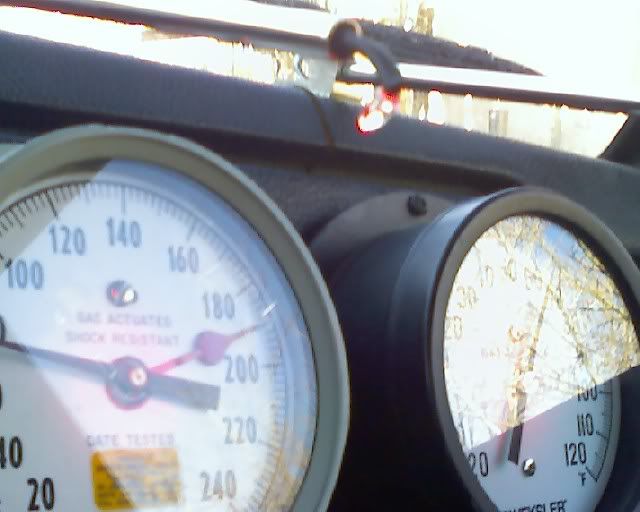|
Hello Lucid,
I agree that a fuel relay jumper can be a very useful tool to troubleshoot one's inoperative vehicle. The fault can even be isolated, or even completely eliminated, by using this technique. You are right in saying that bypassing only one leg of the relay will not operate the engine, as the other electronics are left unpowered.
This is why I propose the manufacture of "relay socket testers". These devices would plug right into the factory wiring with factory connectors, this would eliminate the risk of improper jumping which can damage the LH control unit as has been noted by the factory. The device would consist of a salvaged relay with the internals removed, after which a double pole toggle switch is installed into the case. The connections are then appropriately soldered. When installed in place of a suspect relay, the engine can be operated as easily as flipping a switch.
I understand that many would simply replace the relay in the event of a fault. Replacement however would not give the control that a relay socket tester would give the troubleshooter. Also it might become standard glovebox equipment, in order to run the automobile to safety, e.g off the interstate.
I am seeking feedback in order to determine if the construction of these devices should begin, in order to offer them to fellow Brickboarders.
Goatman
|


